The Red River has been flowing for thousands of years, depositing alluvium, nurturing crops and a prosperous population, creating a charming landscape surrounding the pagoda. With its outstanding historical, architectural and artistic values, Keo Pagoda was ranked as a special national monument by the Prime Minister in 2012.
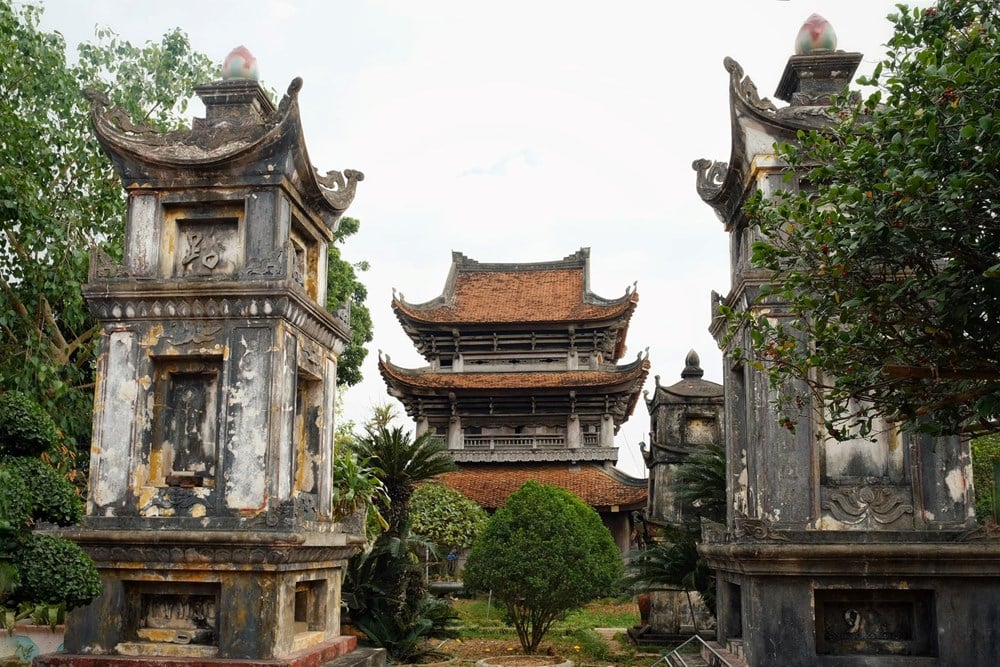
Keo Pagoda Bell Tower
Exemplary architectural art, pinnacle
Keo Pagoda in Thai Binh is a model of the pinnacle of 17th-century architectural art, currently preserving 17 structures with 128 rooms made entirely of ironwood. The structures are arranged on a sacred axis - a straight line connecting the outer gate to the bell tower, creating a rare symmetry and harmony.
According to historical records and stele inscriptions, the original Keo Pagoda was built in the 11th century by Saint King Khong Lo Zen Master. In the early 17th century, after the great flood, Duke Hoang Quan Dung mobilized financial and human resources for 19 years to rebuild Keo Pagoda as it is today.
The temple as a whole was built according to the model of "inner public, outer private" and "front Buddha, back Saint", especially the unique layout of the two words "Public" within the word "National", creating solemnity but still soft and flexible.
Keo Pagoda is a clear demonstration of the architectural, artistic and technical thinking of our ancestors nearly 400 years ago. The mortise and tenon system is connected with absolute precision, creating a perfect architectural complex without using a single nail.

Keo Pagoda is a clear demonstration of the architectural - artistic - technical thinking of our ancestors nearly 400 years ago.
According to archival documents, Keo Pagoda was built over 21 years, including 28 months of main construction, with the contribution of hundreds of carpenters, masons, and the village community.
The special highlight of the relic complex is the 11.04m high bell tower with three roof levels supported by overlapping ridges like a giant lotus. The ironwood frame is completely joined by mortise and tenon joints, supporting 12 tiled roofs and 12 graceful curved ridges.
The bell tower hangs 03 ancient bells and 01 stone gong, and is recognized by the Guinness Vietnam record as the tallest ancient wooden bell tower in Vietnam.

The sharp sword strokes and soft dragon carvings demonstrate the masterful carving skills of craftsmen nearly 400 years ago.
Besides, the ancient stone well with 36 punctured stone mortars arranged around the mouth of the well is also a special vestige, said to be the mortars used to pound rice to feed the temple builders.
Not only outstanding for its architecture, Keo Pagoda also preserves 197 relics and antiques, including two extremely valuable national treasures: two dragon-carved doors and an incense table.
The set of doors in the middle of the inner gate, when closed, creates a bas-relief of "two dragons, mother and child, facing the moon", a masterpiece of fine art from the Later Le Dynasty.
The sharp sword strokes and soft dragon carvings demonstrate the masterful carving skills of craftsmen nearly 400 years ago.
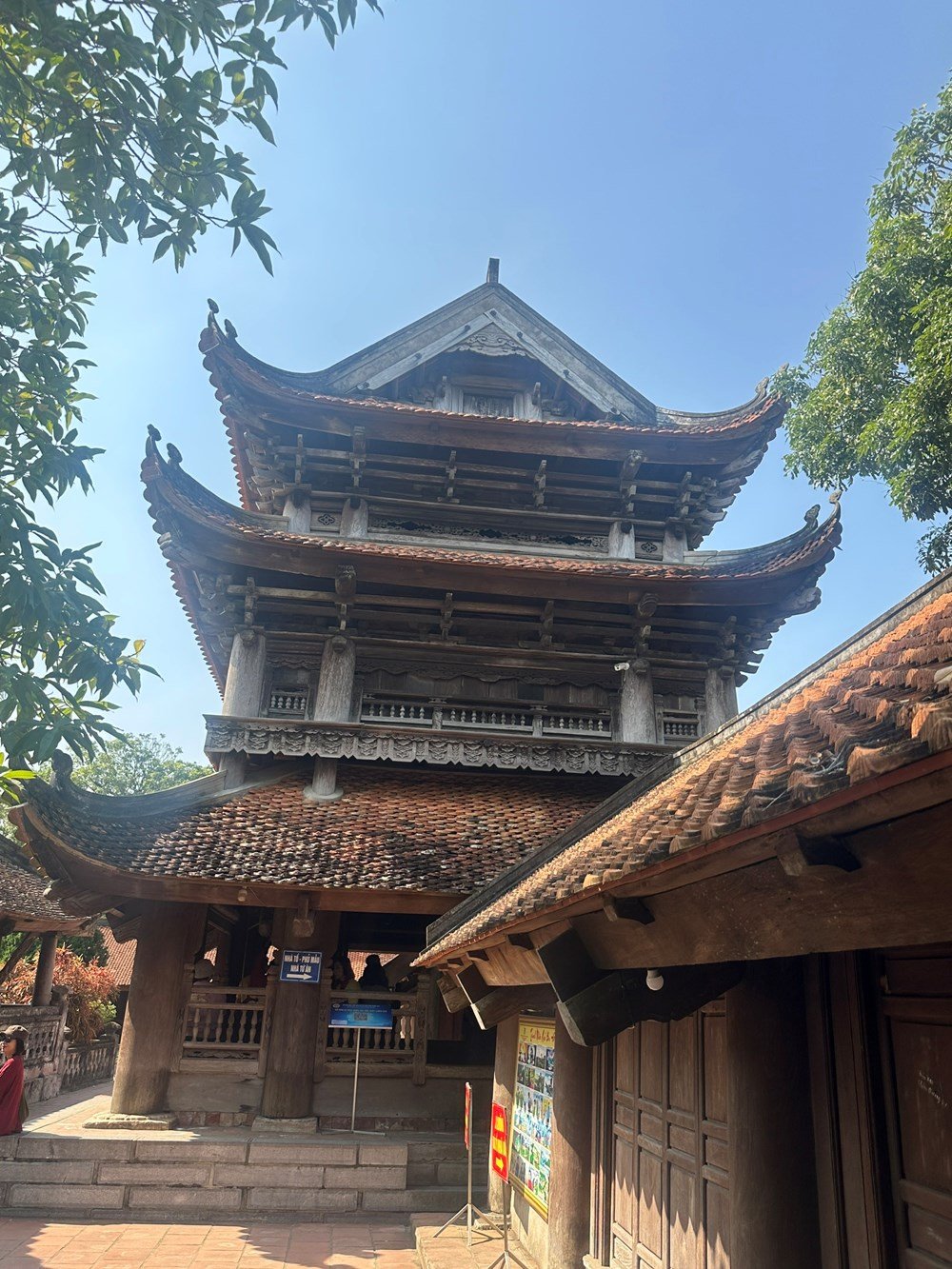
The bell tower is the symbol of Keo Pagoda architecture.
A heritage recognized by the Prime Minister as a National Treasure in 2021 at Keo Pagoda is the Incense Altar (Nhang An).
The altar was created during the Le Trung Hung period, 17th century, made of precious wood.
The altar table is quite large, 227cm long, 156cm wide and 153cm high. On the surface, body and legs of the altar table, the ancient artisans painstakingly created masterpieces with perfect and elaborate skills. Many intricate and meticulous carvings but harmonious and symmetrical, demonstrate the wood carving artisans' strict adherence to the design theme.
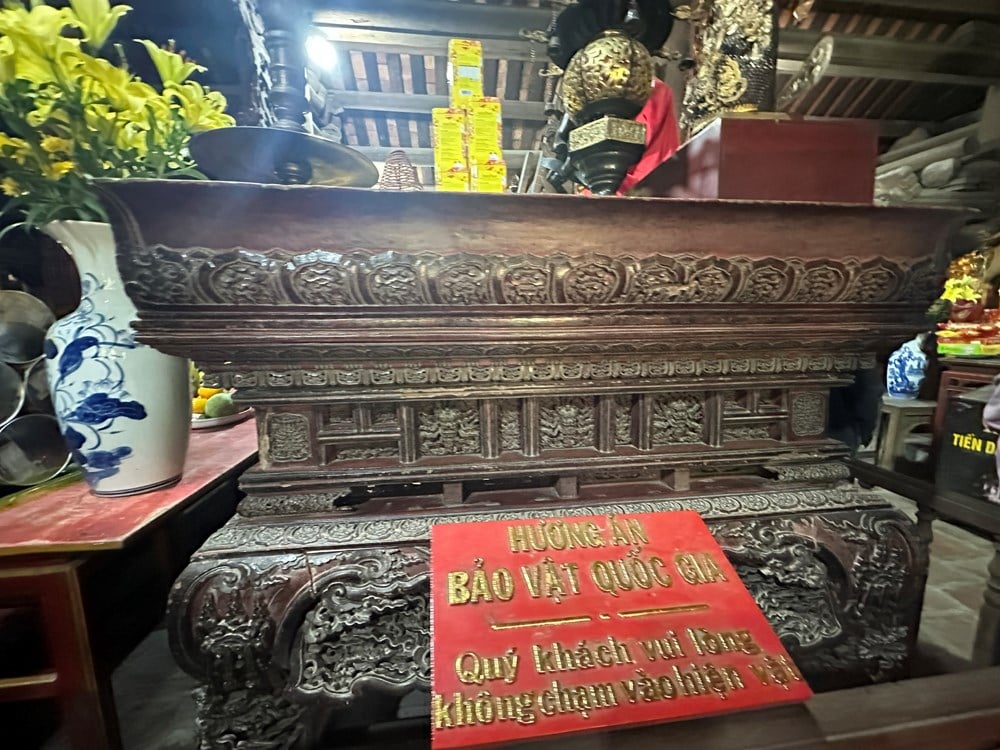
Incense altar - National treasure at Keo pagoda
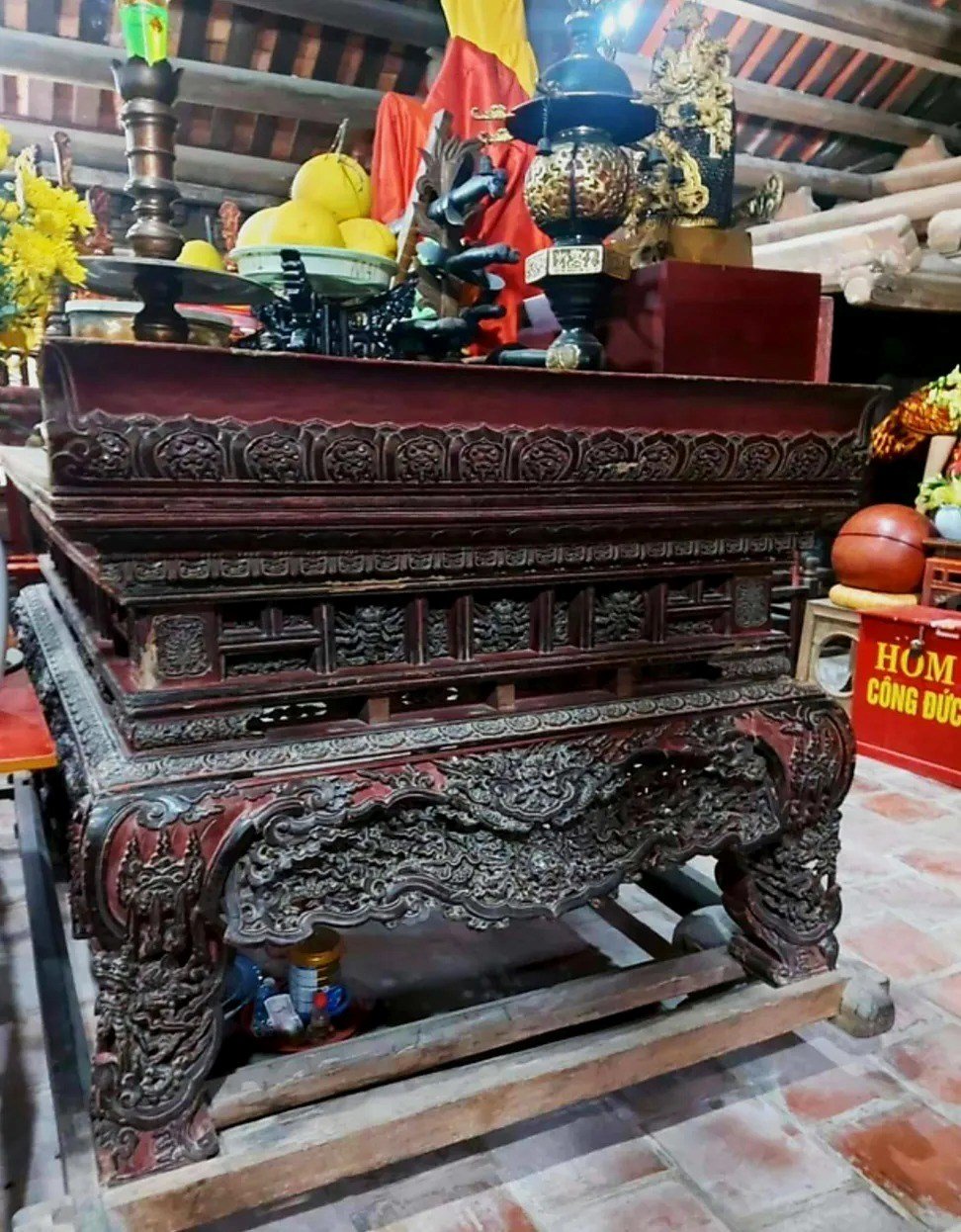
National treasure "Keo Pagoda Incense Altar"
Tuyet Son statue - a masterpiece proposed for recognition as a National Treasure
Another special relic that is being proposed for recognition as a National Treasure is the Tuyet Son statue - a statue depicting Buddha Sakyamuni practicing asceticism for 7 years on the snowy mountain.
The most prominent feature of the statue is the image of Buddha Shakyamuni during his seven-year period of asceticism on Tuyet Mountain. This is the period when he abandoned all material comforts, eating only leaves and drinking dew to find the path to liberation.
Therefore, the statue has the shape of a thin body: ribs and breastbone are clearly visible, creating a feeling of hardship but not sadness.
Deep-set eye sockets, a contemplative gaze. High cheekbones, bony face, but radiant with serenity. Sunken abdomen, contracted muscles, accurately depicting the physical state exhausted by spiritual practice. Skinny hands, long, soft fingers, expressing tranquility and wisdom.


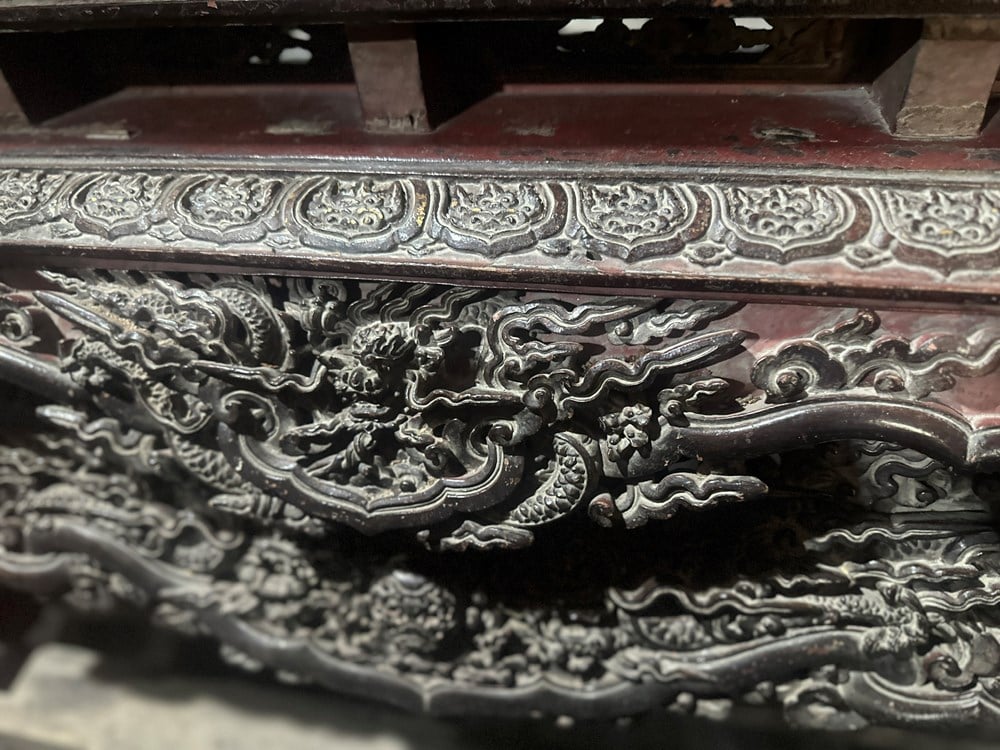
Sophisticated carvings on the National Treasure "Keo Pagoda Incense Altar"
The lines on the statue have a realistic sculptural style, converging ancient philosophy, anthropometry and unique artistic value - a testament to the talent of ancient artisans.
The Tuyet Son statue at Keo Pagoda is one of the most special remaining religious artworks of 17th-century Vietnamese Buddhist art. The statue is carved from jackfruit wood – a durable, lightweight material that is resistant to termites – and then covered with many layers of lacquer using a secret manual method.
The ancient paint layer covering the statue is made from five traditional materials including silver foil, lime water, soot, molasses, and ash from burning straw – according to the secret recipe for creating the paint layer for the statue. These materials are mixed in secret proportions, creating a durable paint layer that penetrates deeply into the wood, helping the statue, which is nearly 400 years old, still retain its ancient, deep color.


Tuyet Son Statue at Keo Pagoda is being built to be recognized as a National Treasure.
According to tour guide at Keo Pagoda National Special Monument Nguyen Thi Duyen, another special point is the spirit of the statue: not only depicting an ascetic figure, the statue also exudes inner light, the beauty of wisdom gradually opening up.
This is the factor that makes the statue of great artistic, philosophical and spiritual value - worthy of being nominated for recognition as a National Treasure.
Amidst the bustling development of the ancient Thai Binh countryside and present-day Hung Yen, Keo Pagoda still stands there as a tranquil witness, preserving the cultural sediments of hundreds of years of history.

Awarding the decision to recognize Keo Pagoda's altar as a National Treasure
VHO - On October 5 (ie September 10th of the lunar calendar), at the Keo Pagoda National Special Historical Site (Duy Nhat Commune, Vu Thu District, Thai Binh Province), the decision to recognize Keo Pagoda's altar as a National Treasure was announced and the Keo Pagoda Autumn Festival 2022 was opened.
From the ringing bells in the ancient attic, the curved roof reflecting on the lake to the contemplative gaze of the Tuyet Son statue, all create a sacred space that makes your heart calm with every step you take.
And it is in the moment of touching those values – thanks to the dedicated guidance of the heritage custodians here, thanks to the stories they tell and the heritage they preserve – that each visitor is opened a new door: the door to the world of the quintessence of Vietnamese architecture, sculpture and Buddhist philosophy.
Source: https://baovanhoa.vn/van-hoa/chua-keo-di-san-kien-truc-doc-nhat-vo-nhi-va-kho-tang-bao-vat-quoc-gia-giua-long-dong-bang-bac-bo-184039.html


![[Photo] President Luong Cuong attends the 50th Anniversary of Laos National Day](/_next/image?url=https%3A%2F%2Fvphoto.vietnam.vn%2Fthumb%2F1200x675%2Fvietnam%2Fresource%2FIMAGE%2F2025%2F11%2F27%2F1764225638930_ndo_br_1-jpg.webp&w=3840&q=75)



![[Photo] Prime Minister Pham Minh Chinh chairs the 15th meeting of the Central Emulation and Reward Council](/_next/image?url=https%3A%2F%2Fvphoto.vietnam.vn%2Fthumb%2F1200x675%2Fvietnam%2Fresource%2FIMAGE%2F2025%2F11%2F27%2F1764245150205_dsc-1922-jpg.webp&w=3840&q=75)







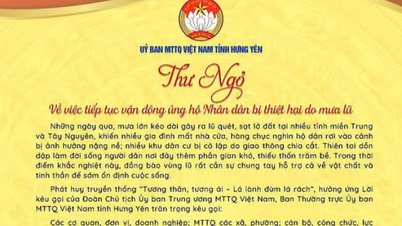
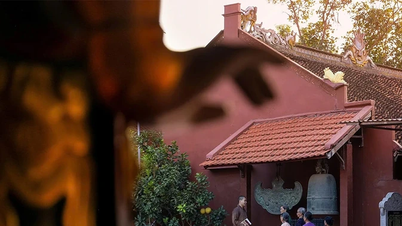

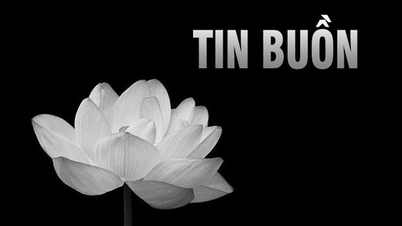

![[Video] Happy Vietnam Day 2025 will take place at Hoan Kiem Lake Walking Street](https://vphoto.vietnam.vn/thumb/402x226/vietnam/resource/IMAGE/2025/11/28/1764291951118_dung00-26-35-18still007-jpg.webp)



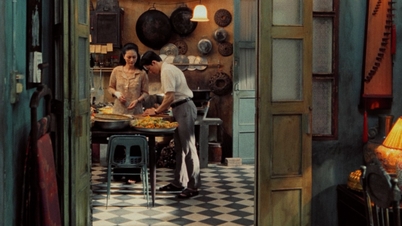








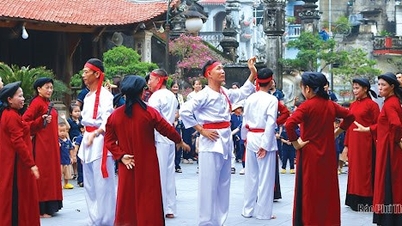
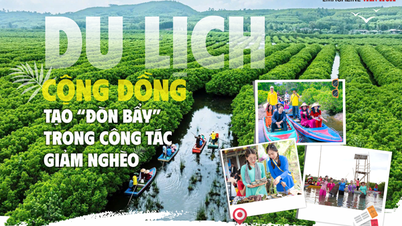
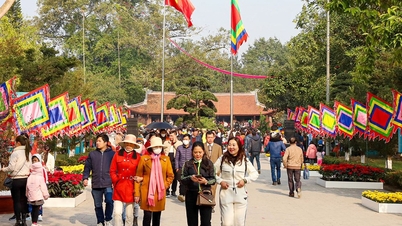






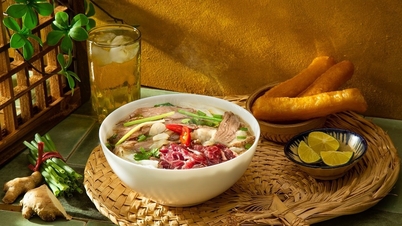












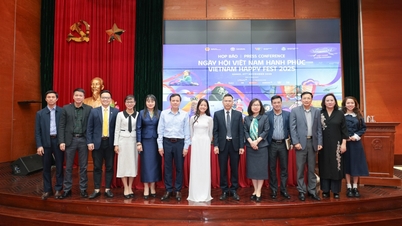

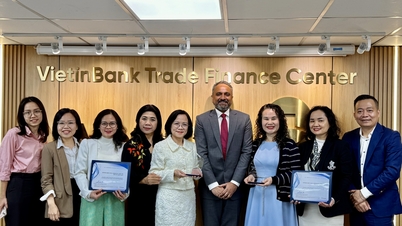
















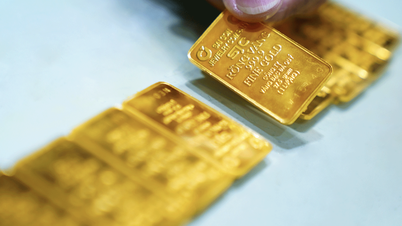




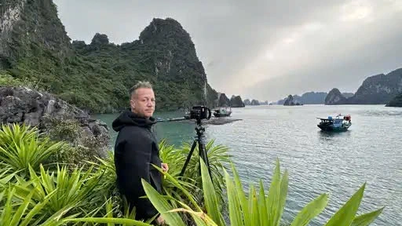
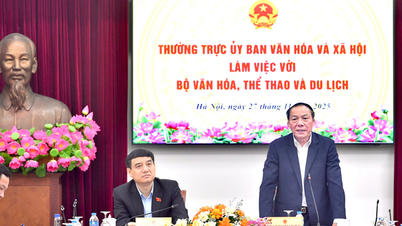


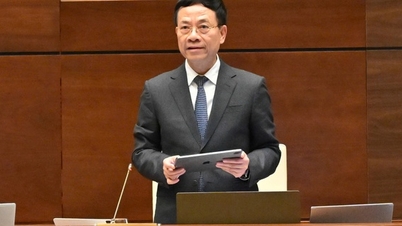



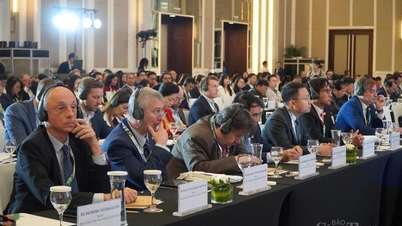
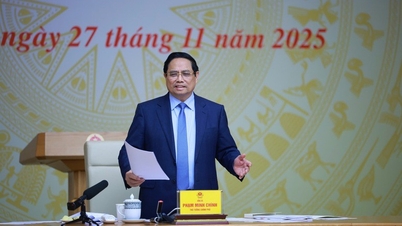




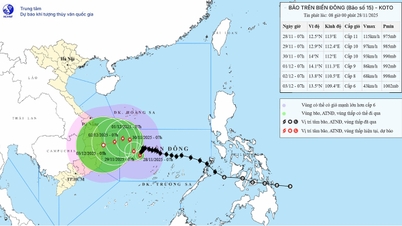

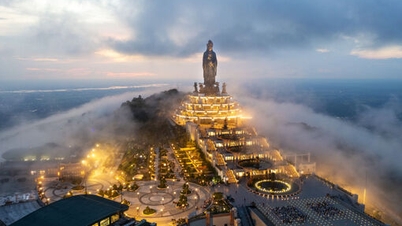

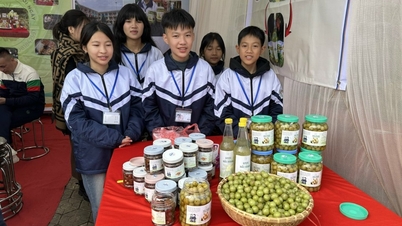













Comment (0)